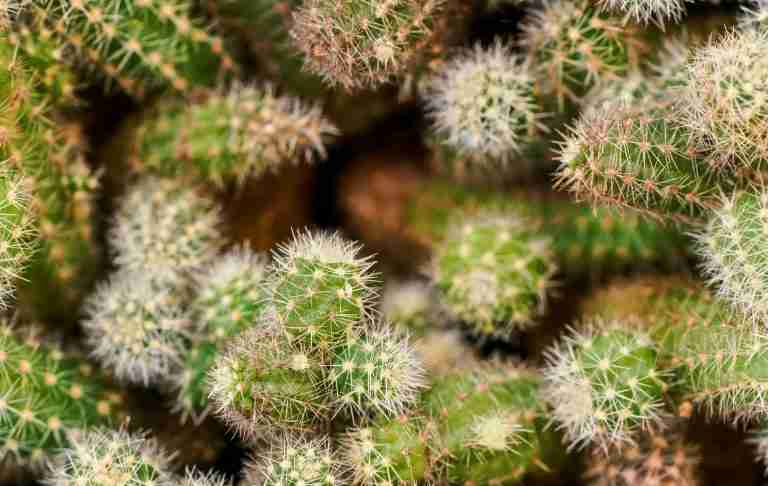Cacti are fascinating plants, distinguished not only by their resilience in harsh environments but also by their diverse array of forms and colors. To cultivate healthy and thriving cacti, understanding the nuances of their preferred soil composition is essential. One core question often arises among enthusiasts: Is cactus soil acidic? In this article, we will delve into the intricacies of soil pH and its implications for cactus health, examining what constitutes suitable soil for these remarkable succulents.
The pH scale, which ranges from 0 to 14, measures the acidity or alkalinity of a substance, with a value of 7 deemed neutral. Values below 7 indicate acidity, while those above signify alkalinity. Understanding where cactus soil falls on this spectrum is imperative for optimal growth.
But let us first explore the ideal pH range for cacti and why this characteristic plays a pivotal role in their thriving.
Optimal pH Range for Cacti
Cacti generally thrive in a mildly acidic to neutral pH range, typically between 6.0 and 7.0. This pH level aligns with their natural habitats, which often consist of sandy or rocky soils that drain well and have a modest nutrient profile. While many might assume that all desert plants require drastic measures to contend with extreme dryness, the truth is that cacti benefit from a balanced pH, which aids in nutrient absorption and root health.
Within this optimal range, the cacti’s roots can efficiently absorb essential nutrients such as nitrogen, phosphorus, and potassium. Any deviation from this pH can lead to nutrient deficiencies or toxicities manifesting in symptoms such as yellowing of leaves, stunted growth, or, in extreme cases, plant demise.
Acidity and Its Effects on Cacti
Understanding the implications of acid levels in cactus soil is key to fostering a healthy environment. Soils that verge on the acidic side, particularly below pH 6, can adversely affect a cactus’s ability to absorb nutrients. While some acid can be beneficial in micro-nutrient availability, excessive acidity often leads to leaching of vital elements that cacti need. Consequently, signs of distress can surface, including poor growth or root rot due to impaired water drainage.
In contrast, excessively alkaline soils, those with a pH above 7, can lead to iron chlorosis—a condition wherein older leaves turn yellow due to the plant’s inability to utilize iron effectively. For cactus aficionados, maintaining the soil pH within a narrow window can mean the difference between lush greenery and a plant struggling for survival.
Soil Composition and pH Balance
The composition of cactus soil significantly contributes to the overall pH and the health of the plant. A blend that includes components such as perlite, coarse sand, and peat moss can lend a favorable texture and structure. Perlite enhances aeration and drainage, preventing the roots from sitting in soggy conditions. Meanwhile, coarse sand and grit contribute to a more alkaline profile, balancing the organic material from peat moss that may slightly acidify the mixture.
To ascertain the ideal pH for your cactus, consider utilizing a soil pH testing kit. These kits are widely available and can provide precise readings of your soil mixture. Additionally, should adjustments be necessary, amending the soil with lime can raise pH, while adding sulfur or iron sulfates can effectively lower it. Understanding the intricacies of soil amendments is vital for any cactus caretaker aiming to recreate the perfect growing conditions.
Creating an Eye-Catching Cactus Display
Aside from technical considerations concerning pH, cacti carry a striking aesthetic appeal that captivates enthusiasts and novice gardeners alike. When arranged artfully, cacti can transform any space into an oasis of tranquility, radiating an air of sophistication and exoticism. The spiky silhouettes and vivid blooms of cacti serve not only functional ecological roles but also artistic ones, often used in interior design to subtly enhance décor.
For an engaging display, consider varying the sizes and species of cacti. Pairing round, barrel-shaped cacti with the towering grandeur of columnar ones creates visual dynamism. Additionally, incorporating colored pots can emphasize the diverse hues found in cacti.
Popular choices include vibrant terra cotta for a rustic appeal or glazed ceramics showcasing whimsical patterns. Cacti can also be grouped with contrasting succulents that enjoy similar pH dynamics, resulting in a symbiotic collection that is both stunning and low-maintenance.
Conclusion: A Balance for Beauty and Health
In summary, achieving the ideal soil pH is essential for ensuring that your cactus plants flourish while enhancing the aesthetic value of your living space. A balanced pH between 6.0 and 7.0 supports nutrient absorption, encouraging robust growth and vibrant blooms. Recognizing the importance of acidity in soil management can empower cultivators to provide optimal conditions for their cacti to thrive, ultimately resulting in a strikingly beautiful display that captures the essence of these magnificent plants.
As you venture into cactus cultivation, remember that the journey involves much more than mere survival—embracing the science of soil pH can lead to lush landscapes and thriving flora that tell a story of desert resilience and beauty.





Leave a Comment